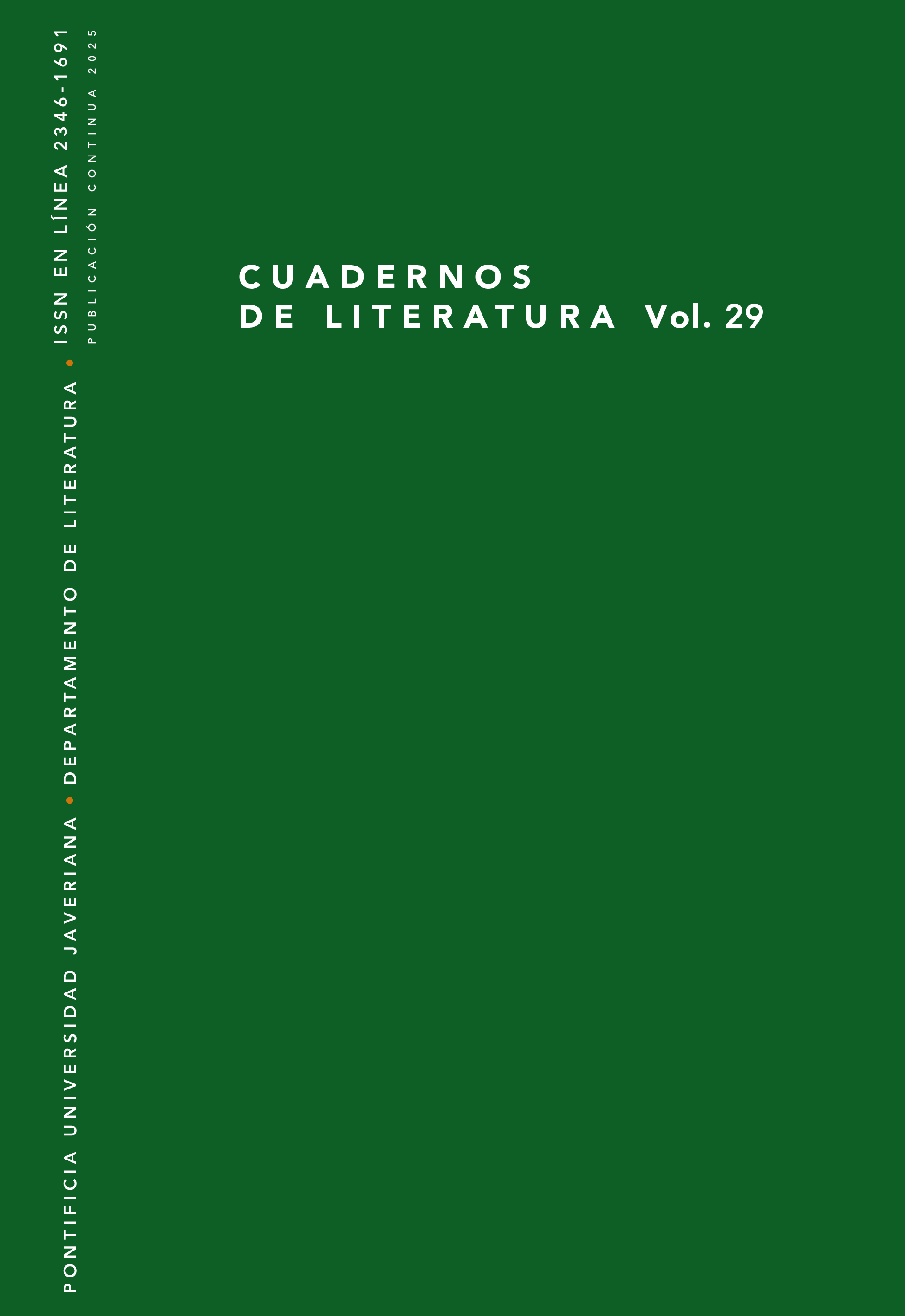Abstract
At the thresold of the 21st century, the Argentine writer Samanta Schweblin with the novel Distancia de rescate (2014) and her Uruguayan counterpart Fernanda Trías with Mugre rosa (2020) fictionalize stories, where the monstrous coexists with the human being and its environment. This article proposes a comparative hermeneutics of the selected novels as a counterpart to the rhetorical-naturalist discourses of the River Plate narrative of the previous century. Ecocritical and biopolitical theories seek to give a renewed theoretical framework to the new aesthetics of horror. The female voices that lead the respective stories expose a disturbing and apocalyptic world, in which a hopeful future is not foreseen.

This work is licensed under a Creative Commons Attribution 4.0 International License.
Copyright (c) 2025 María de los Ángeles Romero Rostagno



